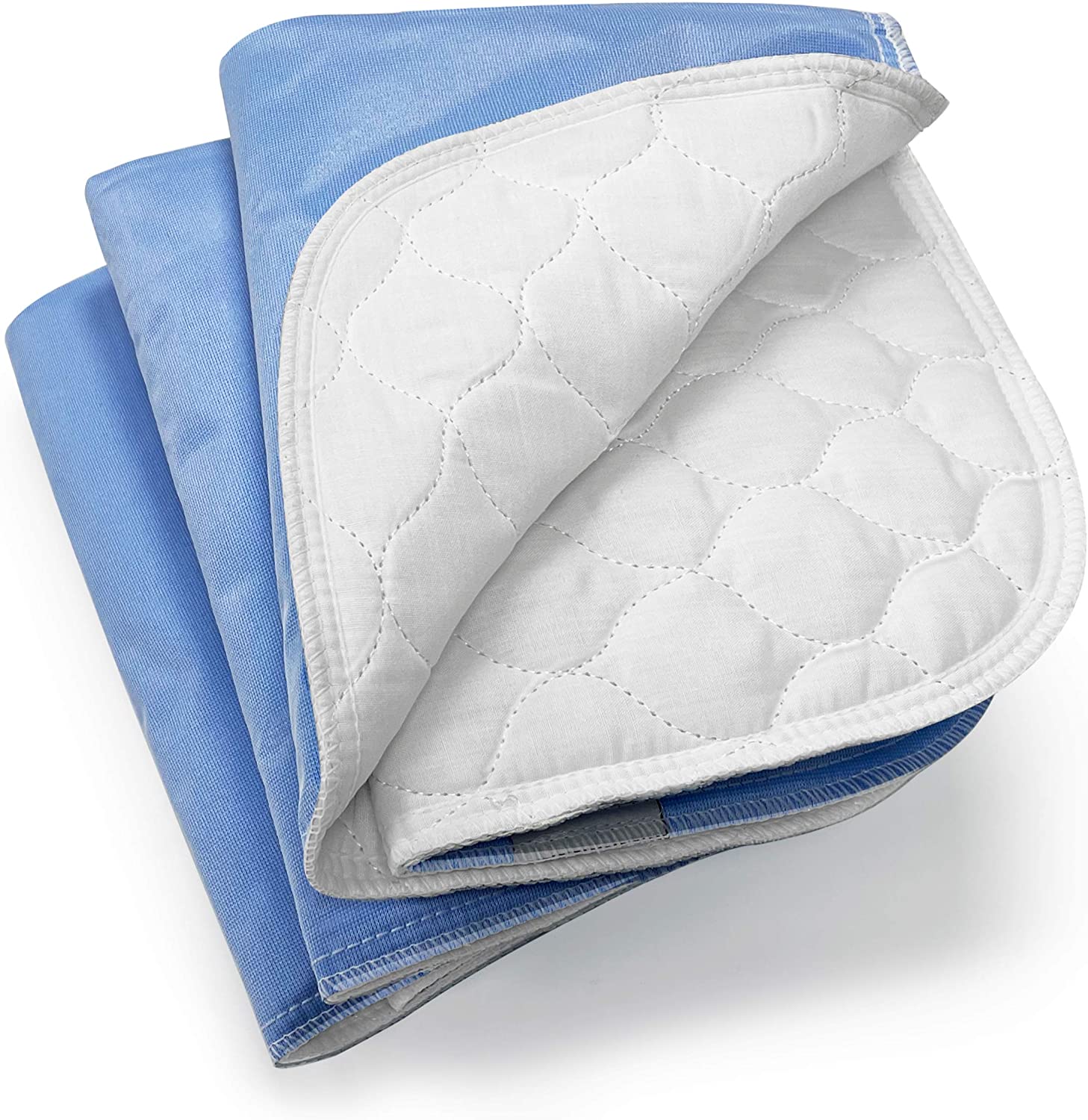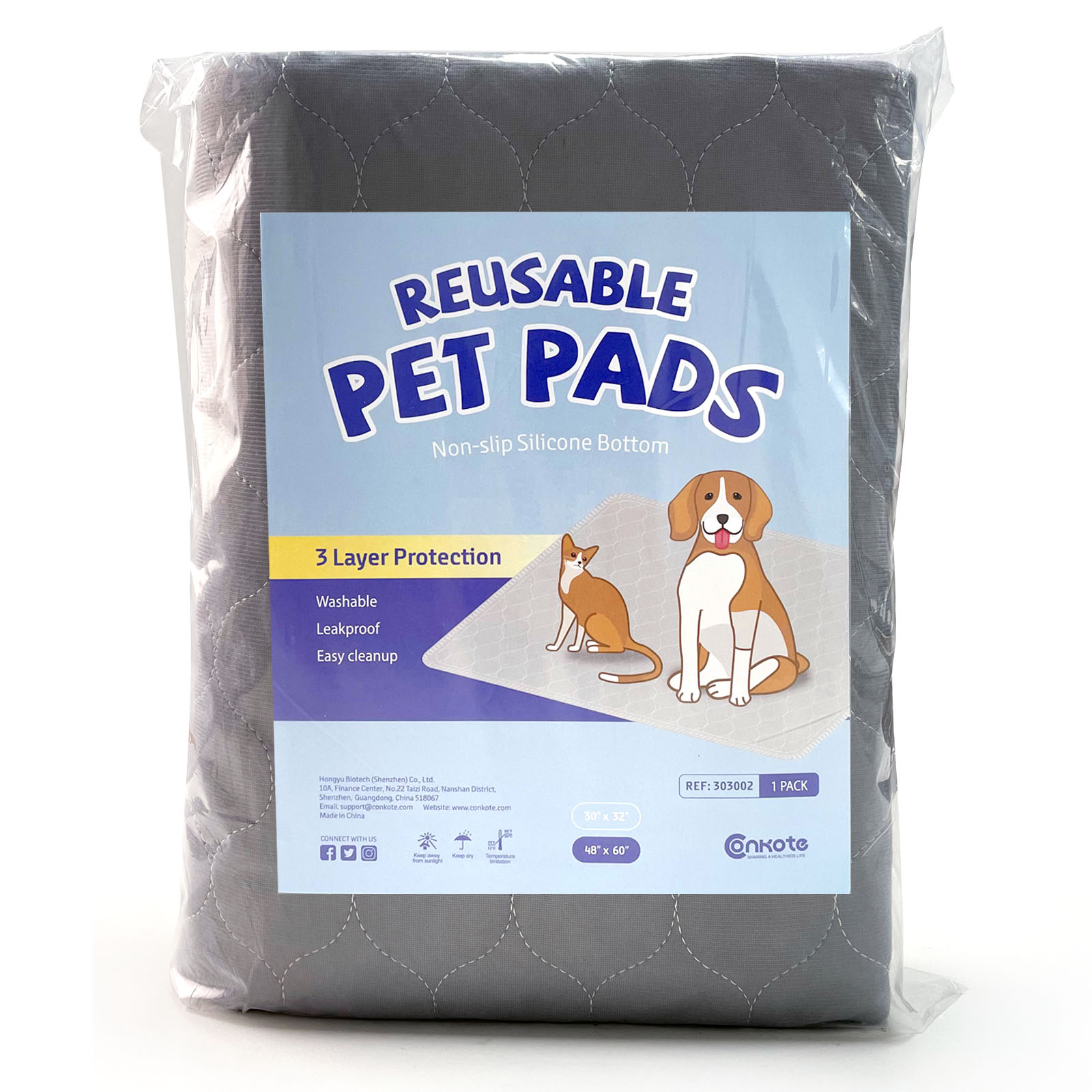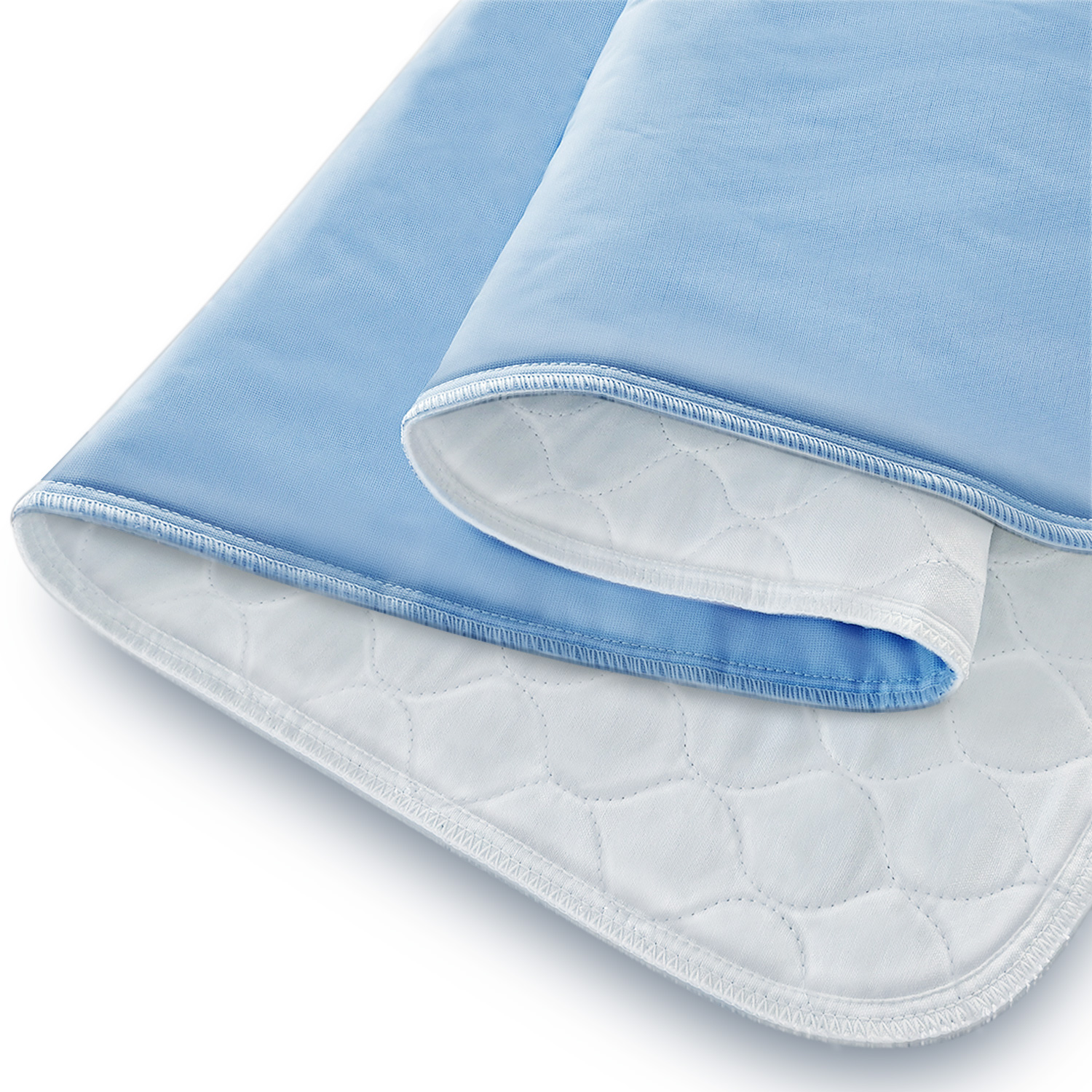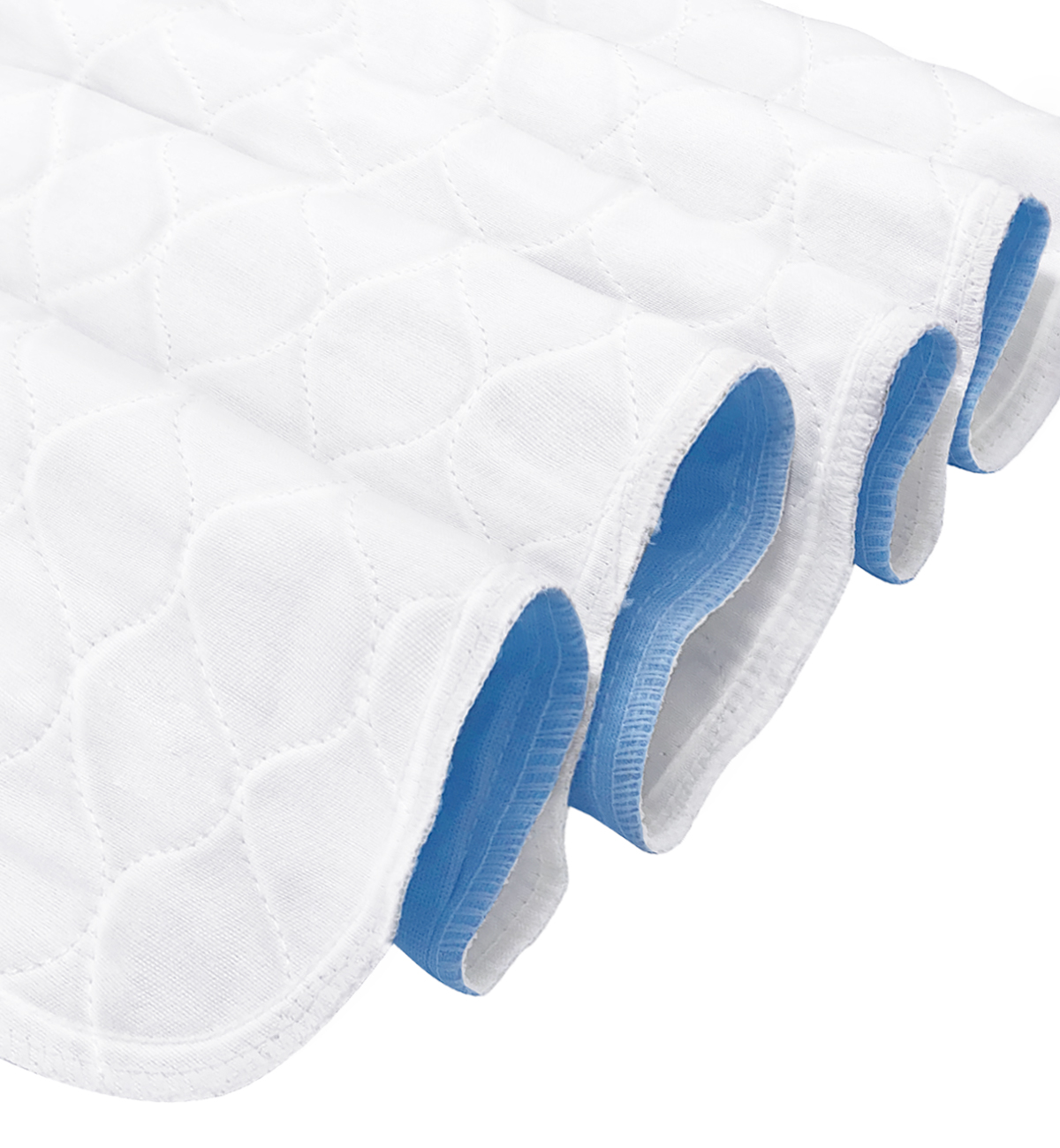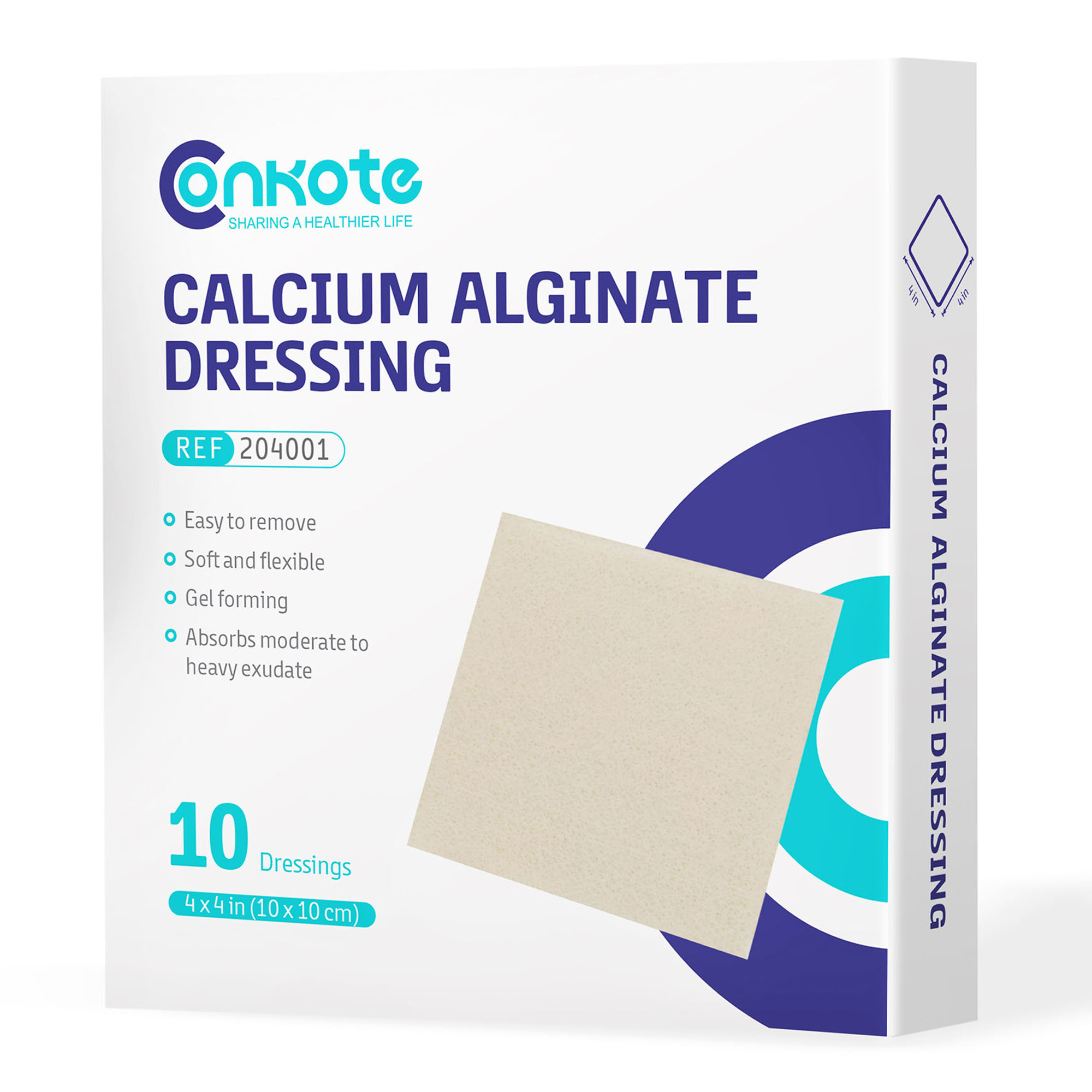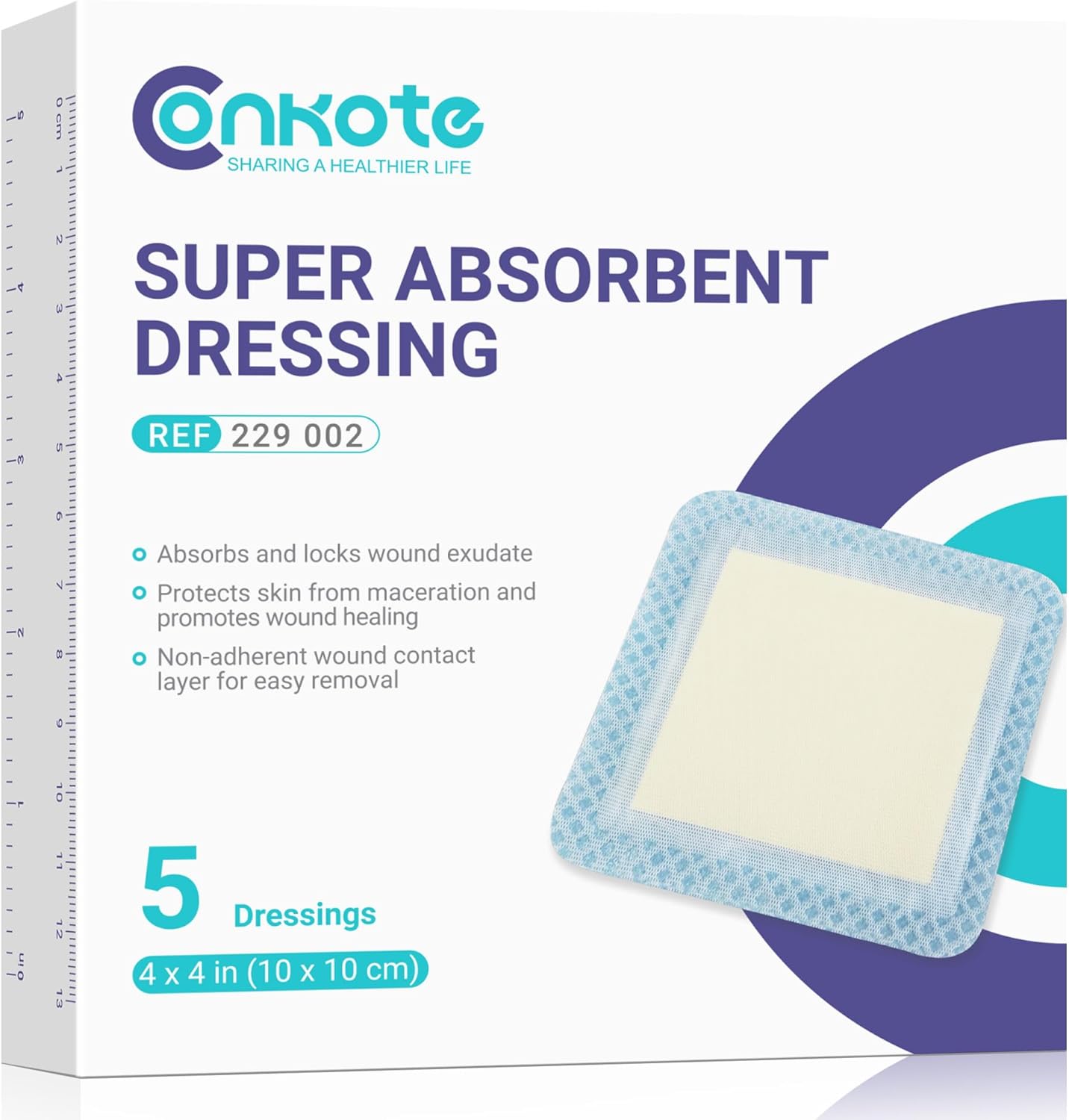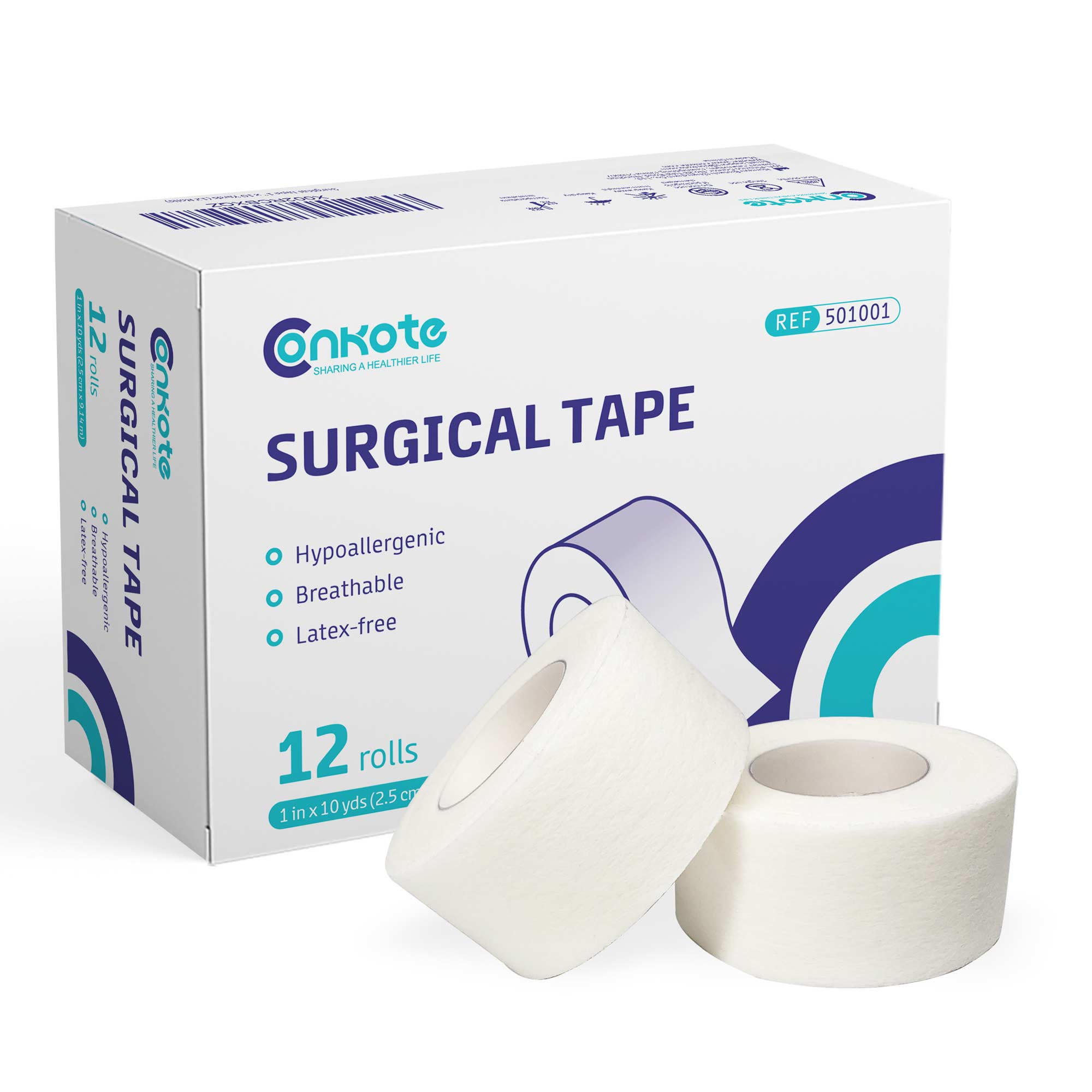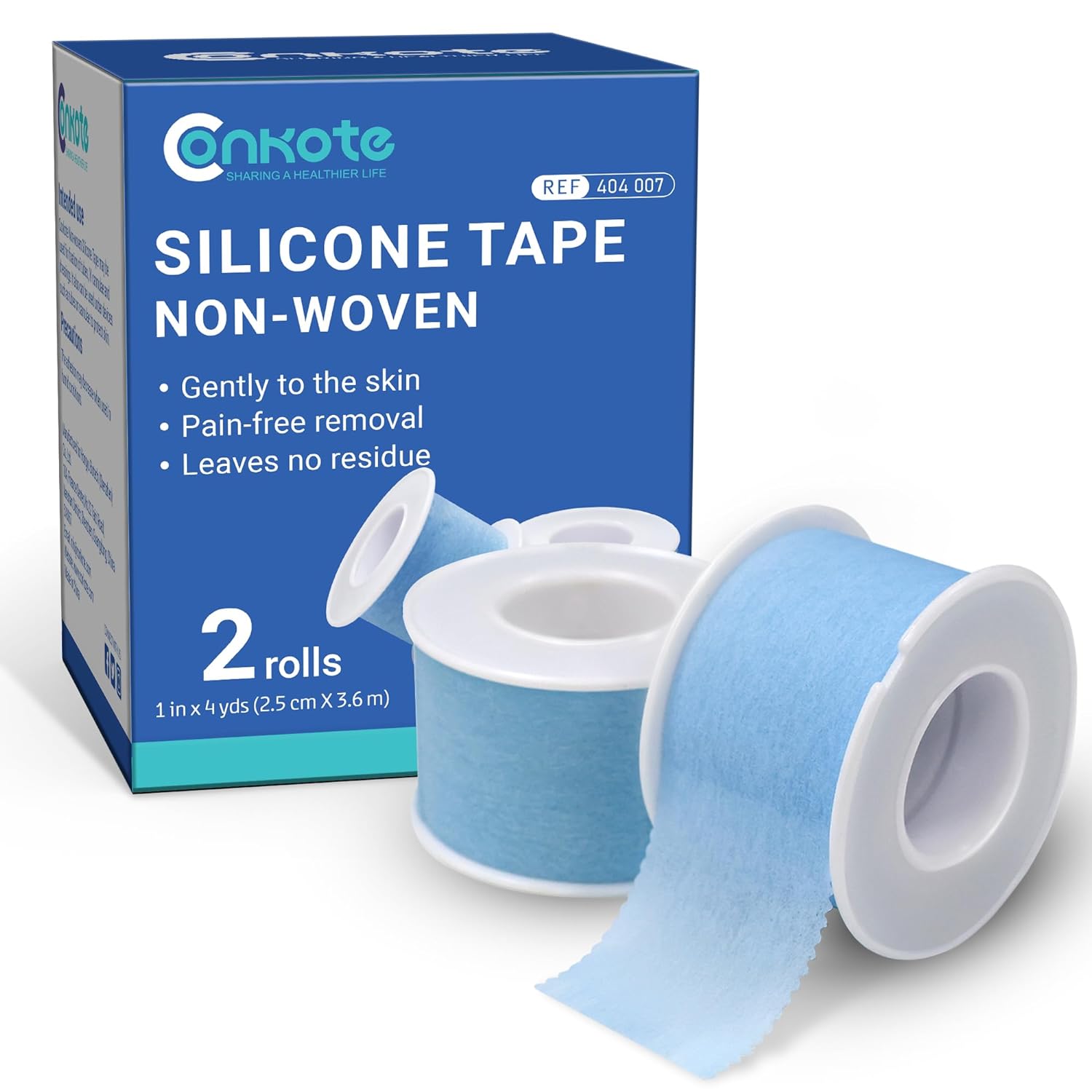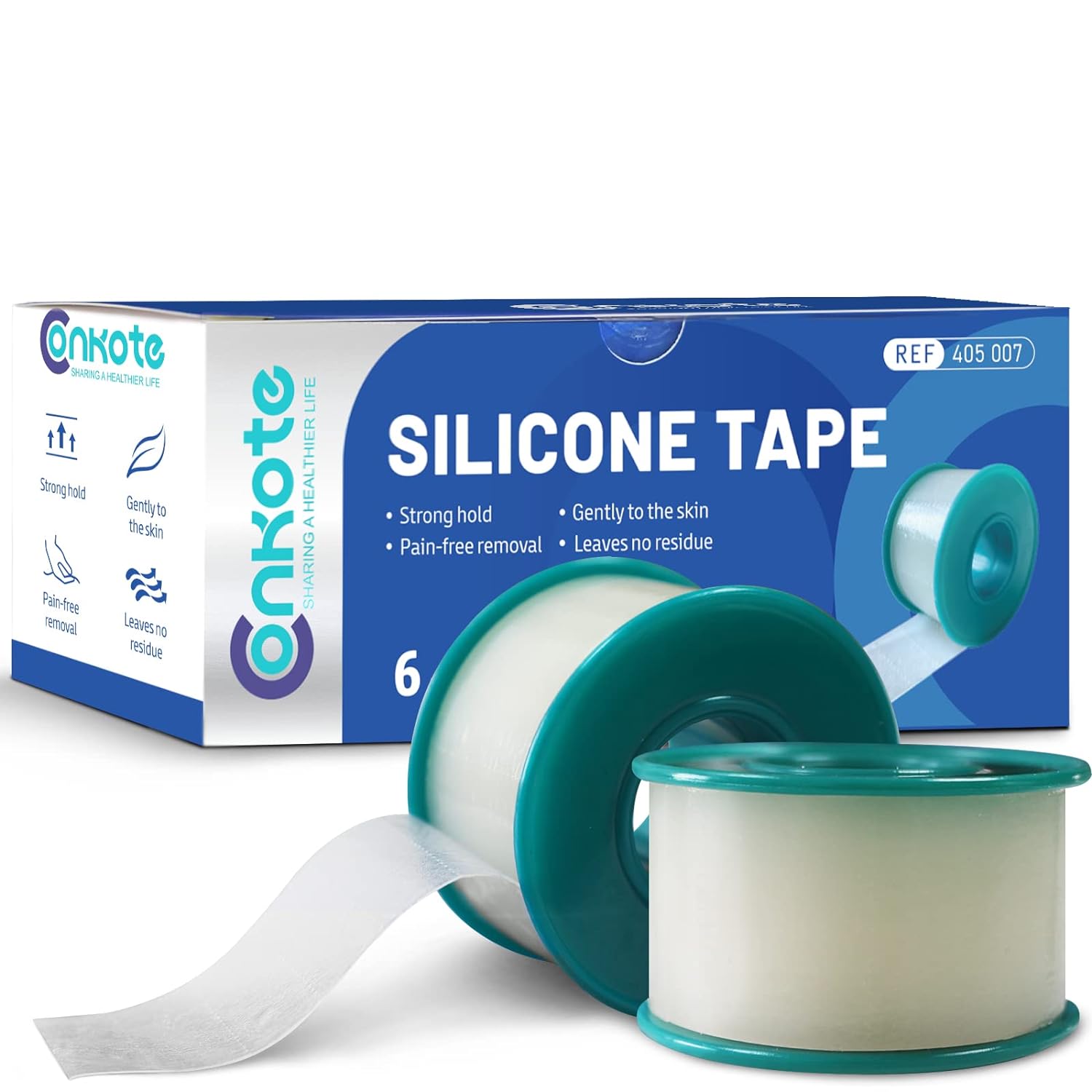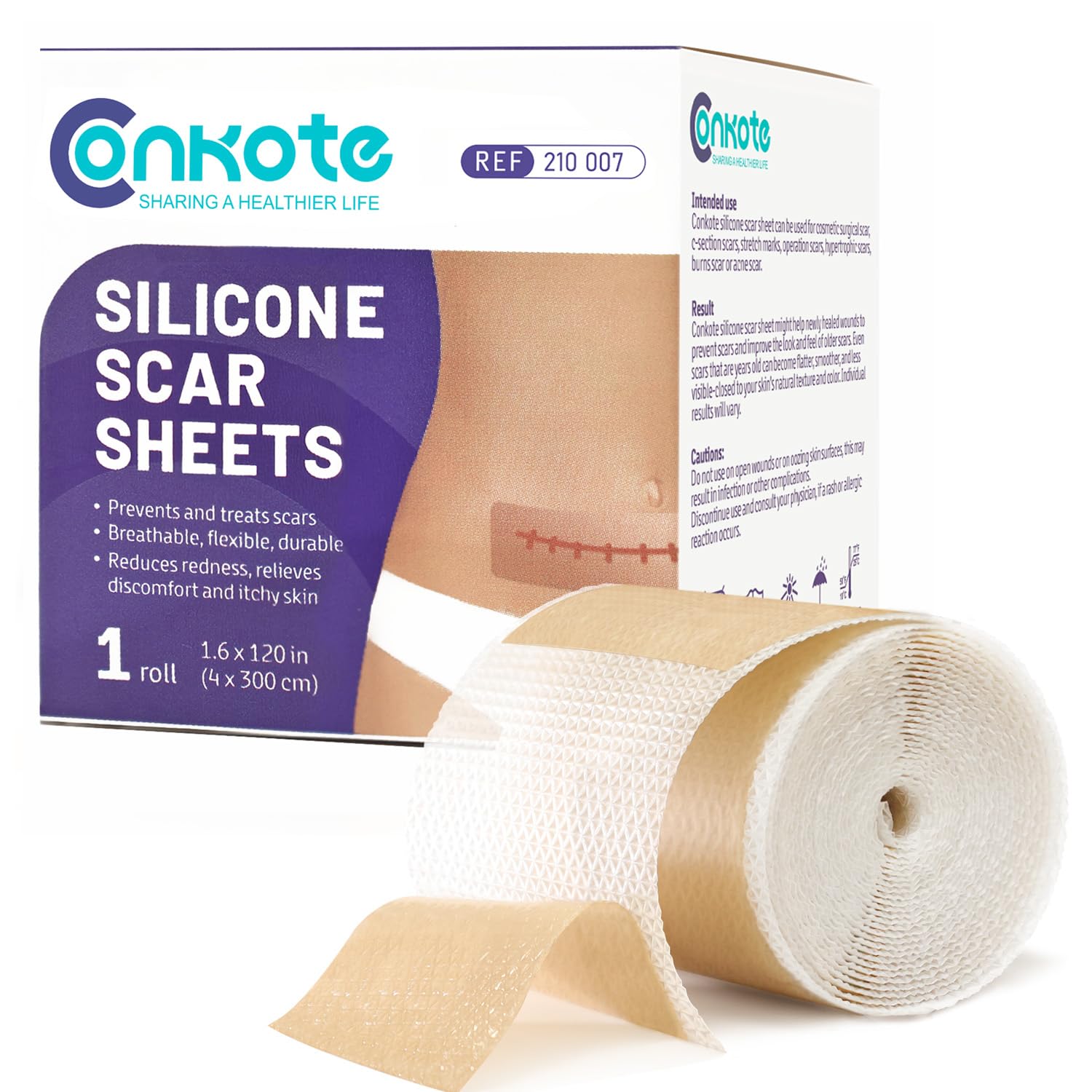Everything You Should Know About Scars
2021-11-03 2022-06-29 13:57Everything You Should Know About Scars
Everything You Should Know About Scars
Scars are a natural part of the body’s healing process. A scar results from the biologic process of wound repair in the skin and other tissues. Most wounds, except for very minor ones, result in some degree of scarring. That’s why skin care and wound care are necessary nowadays.
For sharing the professional knowledge of scars, we start with the following points:

- What is a scar?
- What causes scars?
- What are the types of scars?
- How to treat or fade scars?
What is a scar?
Scars refer to visible marks on the skin that appears upon the healing of an injury or wound. They are typically formed through an increased amount of normal collagen, as a part of the natural healing process.
What Causes Scars?
Scars come in all shapes and sizes. Any burn, injury, or other trauma, such as surgery, can cause a scar. When we injure the deeper layers of our skin, cells make collagen to repair the wound. Because our body makes this collagen quickly, it’s thicker and less flexible than the rest of our skin. The thicker, less flexible tissue is a scar. The truth is even if a wound seems to have healed into a scar, there’s still a lot going on under the surface of our skin that we should be aware of.
What are the types of scars?
- Keloid scars:When skin is injured, fibrous tissue called scar tissue forms over the wound to repair and protect the injury during wound healing. In some cases, extra scar tissue grows, forming smooth, hard growths called keloids. Keloid scars are initially purple or red and gradually fade over time. They are itchy and painful and may restrict movement when near a joint.
- Contracture scars:Contractures scar are an abnormal occurrence that happens when a large area of skin is damaged and lost, resulting in a scar. The scar formation pulls the edges of the skin together, causing a tight area of skin. The decrease in the size of the skin can then affect the muscles, joints, and tendons, causing a decrease in movement. If your skin has been burned or joints got injury, you may have a contracture scar.
- Hypertrophic scars:Hypertrophic scars appear on the wound site in raised, thick, discolored clusters. They more commonly occur in taut skin areas following skin trauma, burns or surgical incisions. Generally, they are uncomfortable and red, often widening with time.
- Atrophic scars:Atrophic scars develop below the skin surface, producing a sunken appearance. Atrophic scars form when the skin is unable to regenerate tissue. As a result, it leaves behind imbalanced scarring. There are three distinct types of atrophic scar. Atrophic scars that have the appearance of a deep pore are known as icepick scars. Flat-bottomed scars that resemble chickenpox scars are defined as boxcar scars. Finally, rolling scars are identified by a lack of distinct edges and are typically located around the cheeks. Atrophic scars are often the result of severe acne or chickenpox. They become more prominent with time due to aging.
- Stretch marks:Stretch marks (striae) are indented streaks that appear on the abdomen, breasts, hips, buttocks or other places on the body. They’re common in pregnant women, especially during the last trimester. When stretch marks first appear, they tend to be red, purple, pink, reddish-brown, or dark brown, depending on your skin color. Early stretch marks may feel slightly raised and can be itchy. It is common with rapid weight loss, adolescence, pregnancy, and bodybuilding.
- Adhesions:Adhesions are scars that can develop between unjointed internal organs. Abdominal surgery is the most frequent cause of abdominal adhesions. The formation of scar tissue is the body’s repair mechanism in response to tissue disturbance caused by surgery, infection, injury (trauma) or radiation.

How to treat or fade scars?
With the help of professional doctors, these treatments can effectively treat and fade scars.
- Dermabrasion treatment:This procedure uses an electric machine for scraping the top layer of skin to reveal new, healed, and smoother skin. It is commonly used for minor irregularities in the skin surface, small scars, acne scars, and surgical scars.
- Bleomycin treatment:Bleomycin is a metabolite of a strain of soil bacteria. It’s shown promising results when injected directly into a hypertrophic scar. It may help improve the scars appearance and relieve itching and pain. More clinical trials are needed to confirm its efficacy.
- Chemical peels:This treatment helps reduce sun damage, superficial scars, and irregular pigmentation of the skin with the use of chemicals that aid in the removal of the surface layer of the skin.
- Laser therapy:Laser therapy is more effective in newly formed scars than in older scars. The lasers work by burning and flattening elevated scars. They also target the red and pink pigments in the scars to lighten them.
- Cryotherapy:In cryotherapy, a doctor or dermatologist freezes the scar tissue with liquid nitrogen to help flatten it. Cryotherapy has been shown to be successful, safe, nontoxic, and well-tolerated in a number of small studies.
- Surgery:After waiting at least a year, a hypertrophic scar can be excised, or cut out, and closed again with stitches. This treatment tries to re-heal the injury while eliminating the issues that may have caused the scar in the first place, such as infection, inflammation, or tension.

There are also some home treatments can treat and fade scars.
Wound care at home
- Change your bandage daily to keep the wound clean while it heals. If you have skin that is sensitive to adhesives, try a non-adhesive gauze pad with Paper Surgical Tape.
- To help healing wound and reducing the appearance of scars caused by injuries, use petroleum jelly to keep the wound moist. Petroleum jelly prevents the wound from drying out and forming a scab; wounds with scabs take longer to heal. This will also help prevent a scar from getting too large, deep or itchy.
- Always keep your cut, scrape or other skin injury clean. Gently wash the area with mild soap and water to keep out germs and remove debris. After cleaning the wound and applying petroleum jelly or a similar ointment, cover the skin with an adhesive bandage.
- If your injury requires stitches, follow your doctor’s advice on how to care for the wound and when to get the stitches removed. This may help minimize the appearance of a scar.
- For large scrapes, sores, burns or persistent redness, use Hydrocolloid Dressing or Silicone Foam Dressing.
Hydrogel wound dressing is applicable for superficial and deep wound, ulcer, bedsore and burn of level Ⅰand Ⅱ, which provides a moist healing environment for the wound, improves the regeneration capacity of wound granulation tissue, promotes the division and migration of epithelial cells, accelerates wound healing, and is not easy to leave scars.
Tips for using Conkote Hydrocolloid Dressing:
- Choose an appropriate dressing size and shape.
- Clean the wound in accordance to clinical practice.
- Hydrocolloid Dressings need to be changed every three to seven days, dependent on patient exudate levels.
Silicone foam dressing are noninvasive and can be applied as soon the skin heals after an injury. They’re also considered a first-line treatment for hypertrophic scars. It may be used for moderate to heavy drainage: surgical wounds, pressure ulcers, diabetic ulcers, superficial and partial burns, lacerations and abrasions.
Tips for using Conkote Silicone Foam Dressing:
- No need to use for old scars. Use for 1-2 weeks wounds.
- Keep using at least 3 months.
- Any discomfort, stop using immediately
- Silicone Scar Sheet:Silicone can help reduce the appearance of new scars. Conkote Silicone Scar Sheet is used to improve the overall appearance of scar, scar will be softened after using a few days, with improvement in appearance and texture in about 8 weeks. Even scars that are years old can become flatter, smoother, and less visible-closed to your skin’s natural texture and color. Individual results will vary.
- Pressure and massage:One of the cheapest and most effective ways to help heal the scar is to apply pressure and massage to the area. You can use Bandages or Surgical Tape to apply pressure. Over time, it can help weaken the scar tissue and improve the appearance of the scar.
- Makeup:Not all scars require treatment. Medical makeup can be useful for covering up or reducing the appearance of scars. Although it cannot remove the scar, it can reduce the psychological impact and help boost a person’s confidence and self-image.

Final Word
Scars develop as part of wound healing and often fade with time. Therefore, treatment is not always necessary if the scar is not producing any complications to your health. However, if you are bothered by your scar or are self-conscious of it, talk to your parents or doctor for enlightenment, guidance, and treatment.








